The 1960s were a transformative time not only for culture and society but also for the way people traveled and experienced the great outdoors. Amidst the rise of the counterculture movement and a growing desire for freedom and adventure, many individuals began transforming ordinary vehicles into unique camper conversions. This exploration delves into some of the most unusual and creative camper conversions from that decade, highlighting the innovative spirit and craftsmanship of the era.
The Rise of DIY Camper Culture
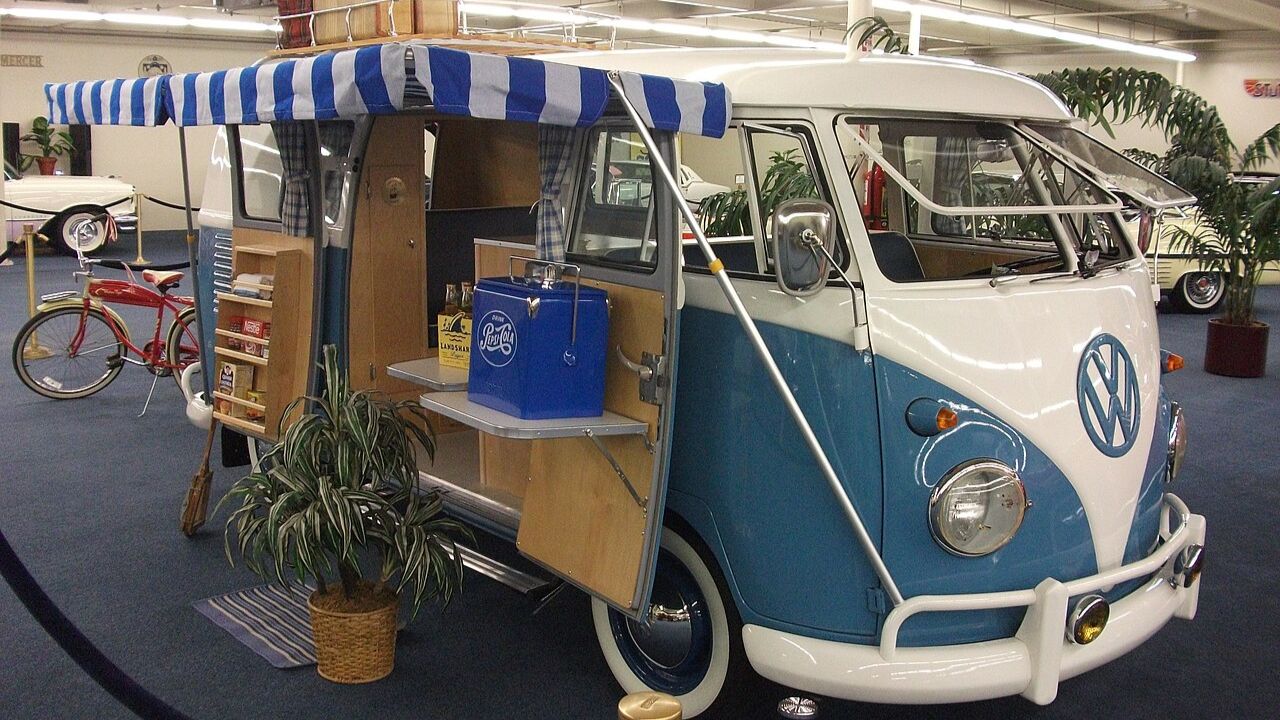
The 1960s counterculture movement significantly influenced travel and exploration, encouraging a break from traditional norms and inspiring a generation to seek freedom on the open road. This era saw a surge in the popularity of do-it-yourself (DIY) projects, as people sought to personalize their travel experiences. The ethos of self-reliance and creativity was central to this movement, with many enthusiasts taking on the challenge of converting vehicles into mobile homes.
DIY camper conversions became a symbol of individuality and resourcefulness. Enthusiasts often used readily available materials such as plywood, fiberglass, and aluminum to craft their unique designs. Tools like jigsaws, drills, and hammers were staples in the garages of these hobbyists, enabling them to transform ordinary vehicles into personalized sanctuaries. The process was as much about the journey of creation as it was about the final product, reflecting the era’s spirit of exploration and innovation.
Iconic Camper Conversions from Classic Vehicles
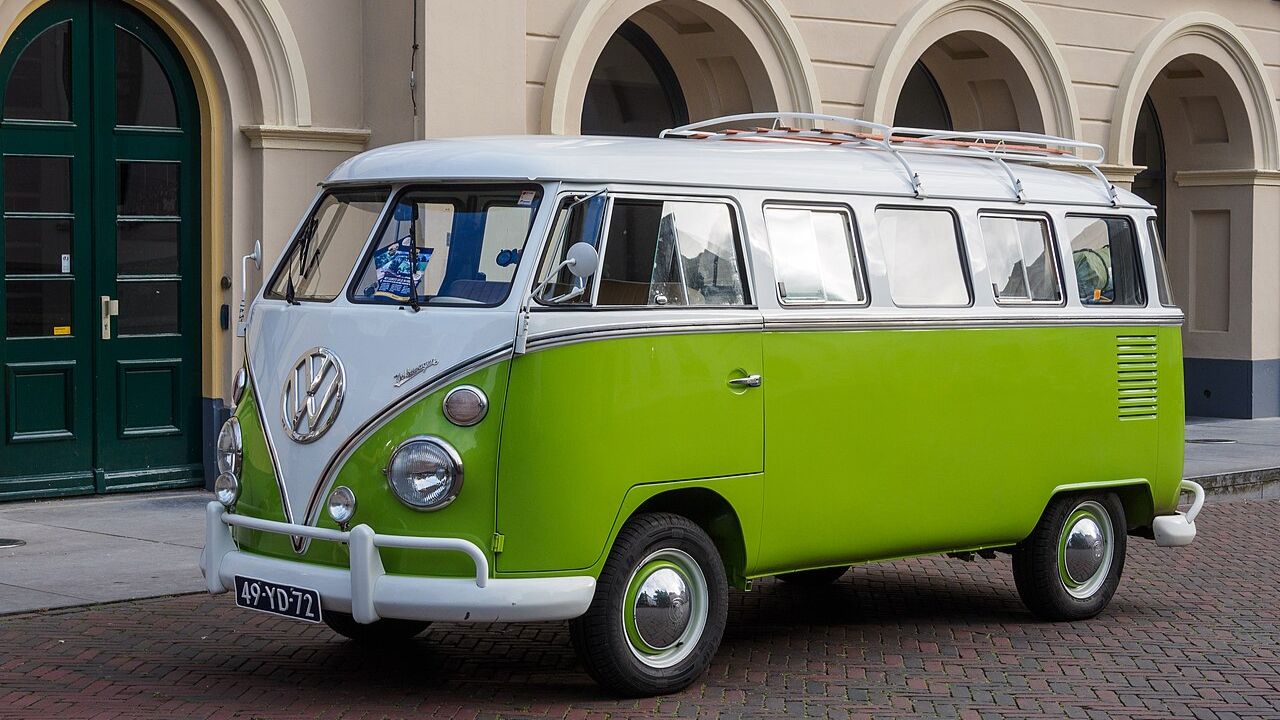
Among the most iconic vehicles of the 1960s camper conversion scene were Volkswagen buses. These vehicles became synonymous with freedom and adventure, often associated with the hippie movement. The Volkswagen Type 2, affectionately known as the “Microbus,” was particularly popular due to its spacious interior and reliable engineering. Owners would often strip the interiors to create custom living spaces, complete with beds, kitchenettes, and storage areas, making them ideal for long road trips.
School buses also found new life as mobile homes on wheels. These large vehicles offered ample space for conversion, allowing for more elaborate designs. Enthusiasts would often remove the rows of seats and replace them with living quarters, complete with sleeping areas, kitchens, and even bathrooms. The robust build of school buses made them perfect for those seeking a durable and spacious mobile home.
Pickup trucks, with their rugged design and versatility, were another popular choice for camper conversions. Owners would often add camper shells or build custom wooden structures on the truck beds to create compact yet functional living spaces. These conversions were particularly favored by those who enjoyed exploring off-the-beaten-path locations, as the trucks’ capabilities allowed for travel across diverse terrains.
Creative Interior Designs and Features
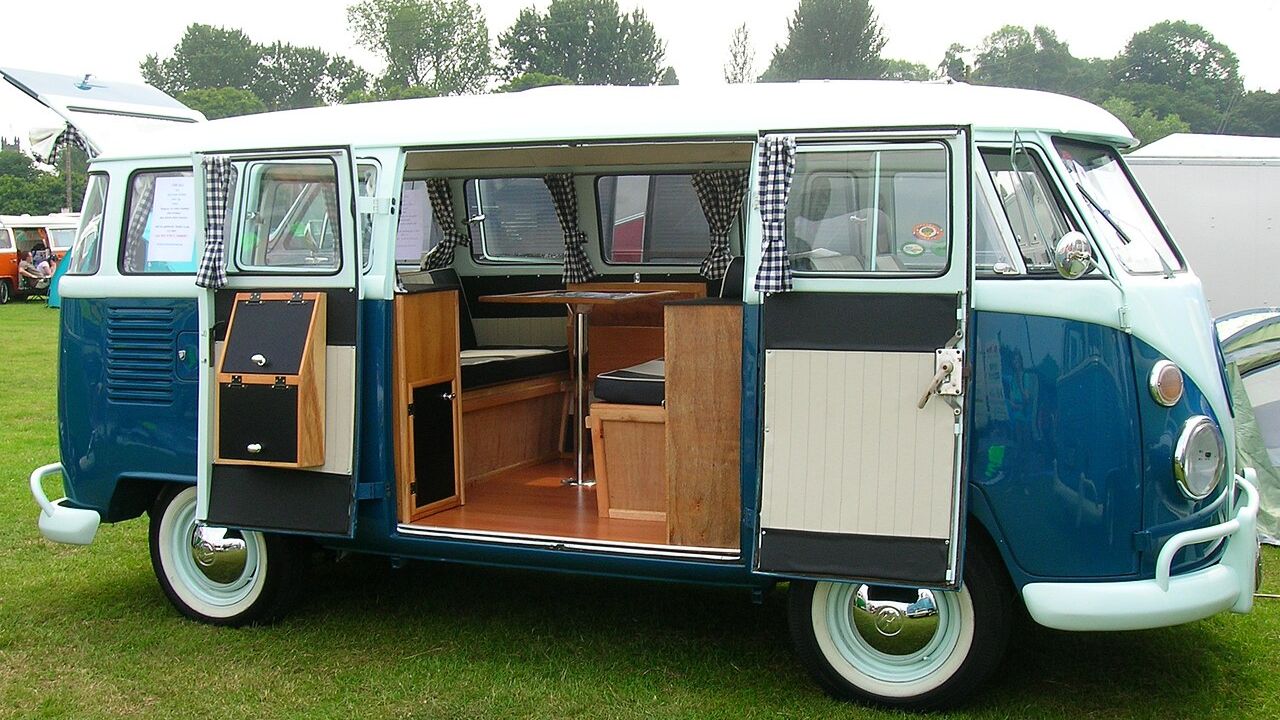
The interior designs of 1960s camper conversions were marked by creativity and practicality. Multi-functional furniture was a common feature, with items like fold-out beds and convertible tables maximizing the use of limited space. These space-saving solutions were essential for creating comfortable living environments within the confines of a vehicle.
Handcrafted cabinetry and unique woodwork were hallmarks of the era’s camper interiors. Many enthusiasts took pride in their craftsmanship, using quality materials to build custom cabinets and storage solutions. These features not only added to the aesthetic appeal of the campers but also provided essential functionality, allowing travelers to store their belongings efficiently.
Innovative storage solutions and hidden compartments were also prevalent in 1960s camper conversions. Designers often incorporated clever features like under-seat storage and fold-away shelves to maximize space. These innovations reflected the ingenuity of the era, as enthusiasts sought to create practical and comfortable living spaces within their mobile homes.
Challenges and Innovations in Camper Conversions
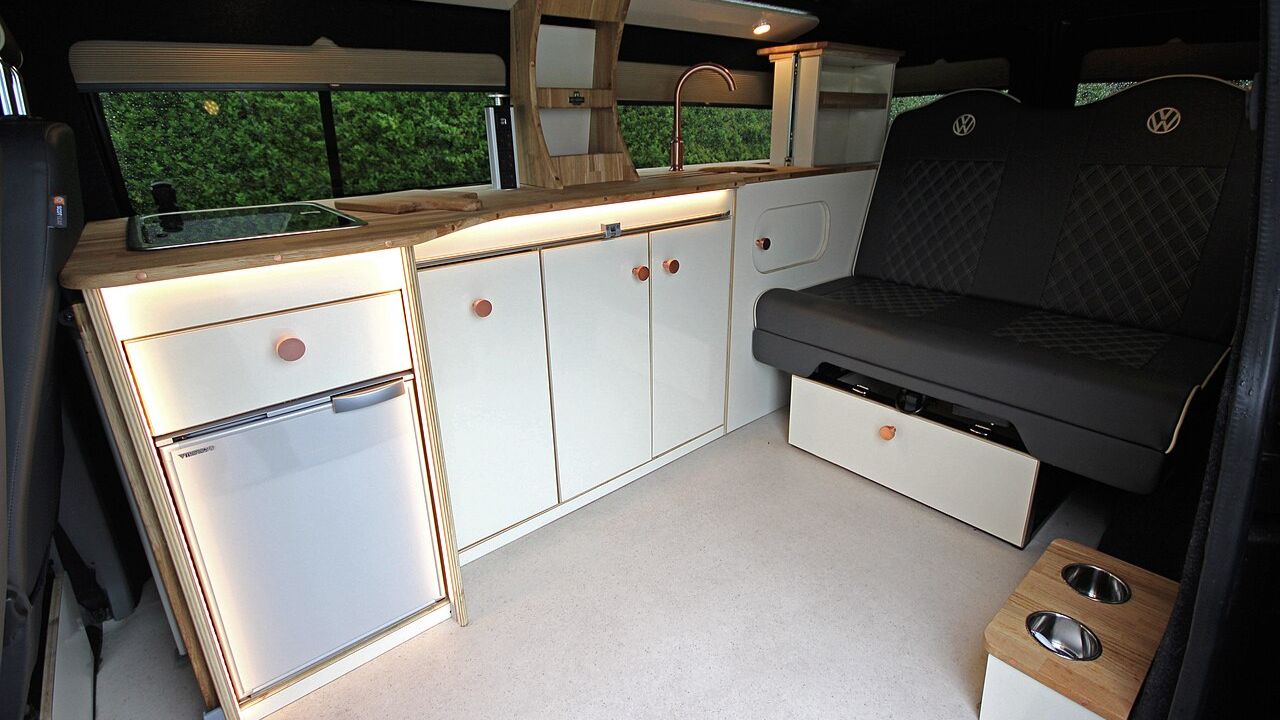
Converting vehicles into campers in the 1960s presented several technical challenges. One of the primary issues was insulation, as maintaining a comfortable temperature inside the vehicle was crucial for long-term travel. Enthusiasts often used materials like fiberglass and foam to insulate their campers, ensuring they were suitable for various weather conditions.
Ventilation was another common challenge faced by those converting vehicles into campers. Proper airflow was essential to prevent condensation and maintain air quality inside the vehicle. Many converters installed roof vents and windows to address this issue, allowing for adequate ventilation while maintaining privacy and security.
Technological advancements during the 1960s also impacted camper design and functionality. The introduction of portable appliances, such as gas stoves and compact refrigerators, allowed for greater convenience and comfort on the road. These innovations made it possible for travelers to enjoy the comforts of home while exploring new destinations, further fueling the popularity of camper conversions.
The Legacy of 1960s Camper Conversions
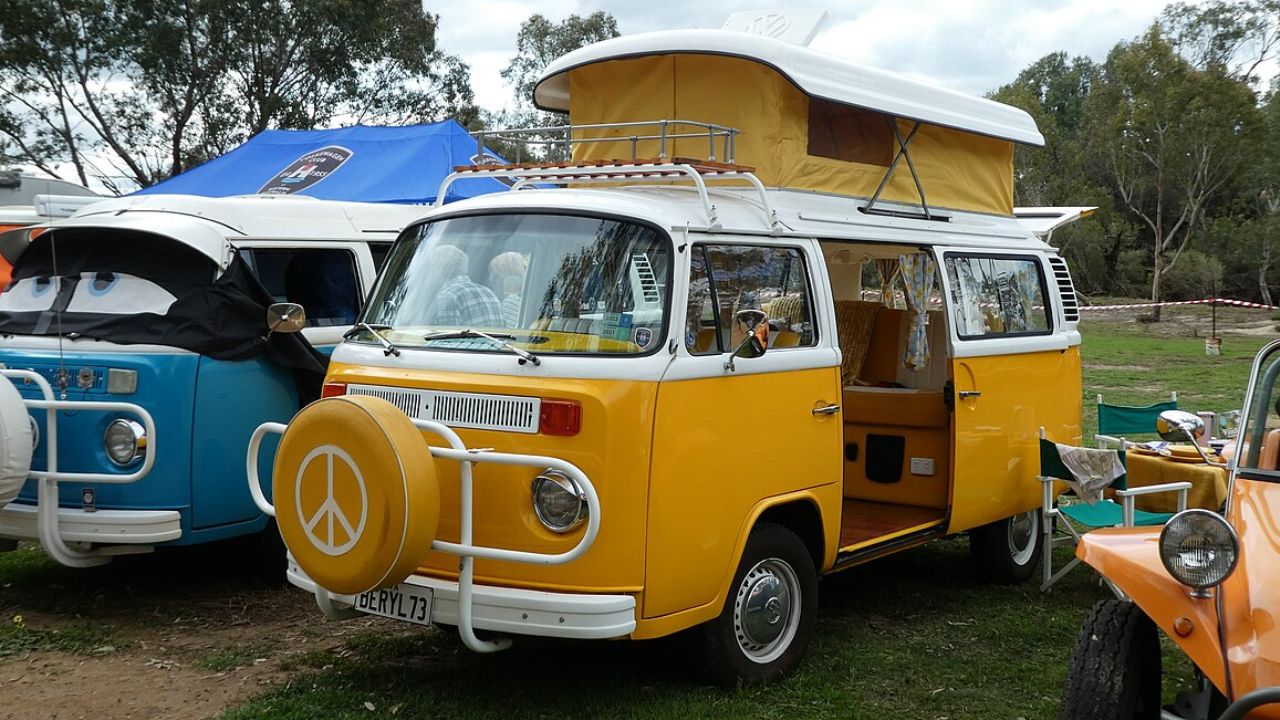
The influence of 1960s camper conversions can still be seen in modern camper designs and the tiny house movement. The emphasis on efficient use of space and self-sufficiency has inspired a new generation of enthusiasts to embrace minimalist living. Many of the design principles and innovations from the 1960s continue to inform contemporary camper and tiny house designs, highlighting the enduring legacy of this era.
Stories and anecdotes from individuals who traveled in these unique campers offer a glimpse into the adventurous spirit of the 1960s. Many travelers recall the sense of freedom and discovery that came with exploring the open road in their customized vehicles. These personal accounts serve as a testament to the impact of camper conversions on the lives of those who embraced this lifestyle.
Today, vintage camper conversions remain popular among collectors and enthusiasts. The nostalgia and charm of these vehicles continue to captivate those who appreciate the craftsmanship and creativity of the 1960s. Whether restored to their original glory or updated with modern amenities, these campers serve as a reminder of a time when the open road beckoned with the promise of adventure and discovery.
Like Fast Lane Only’s content? Be sure to follow us.
Here’s more from us:
*Created with AI assistance and editor review.

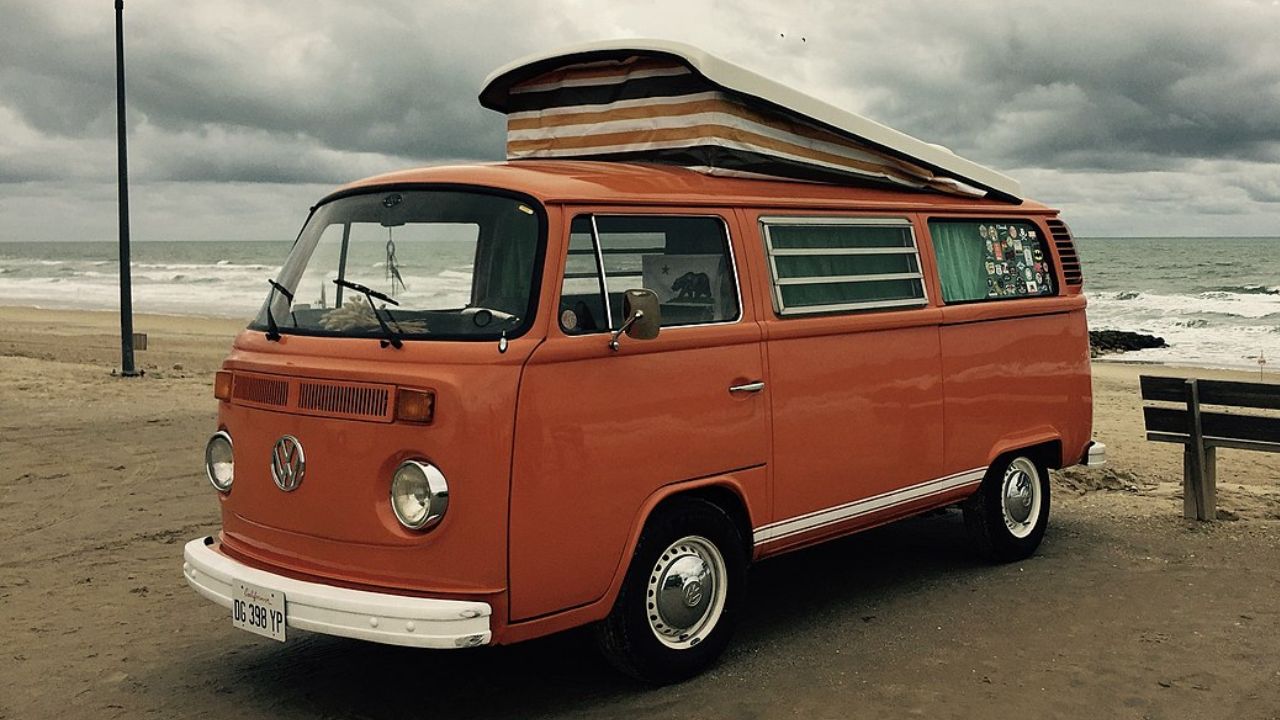
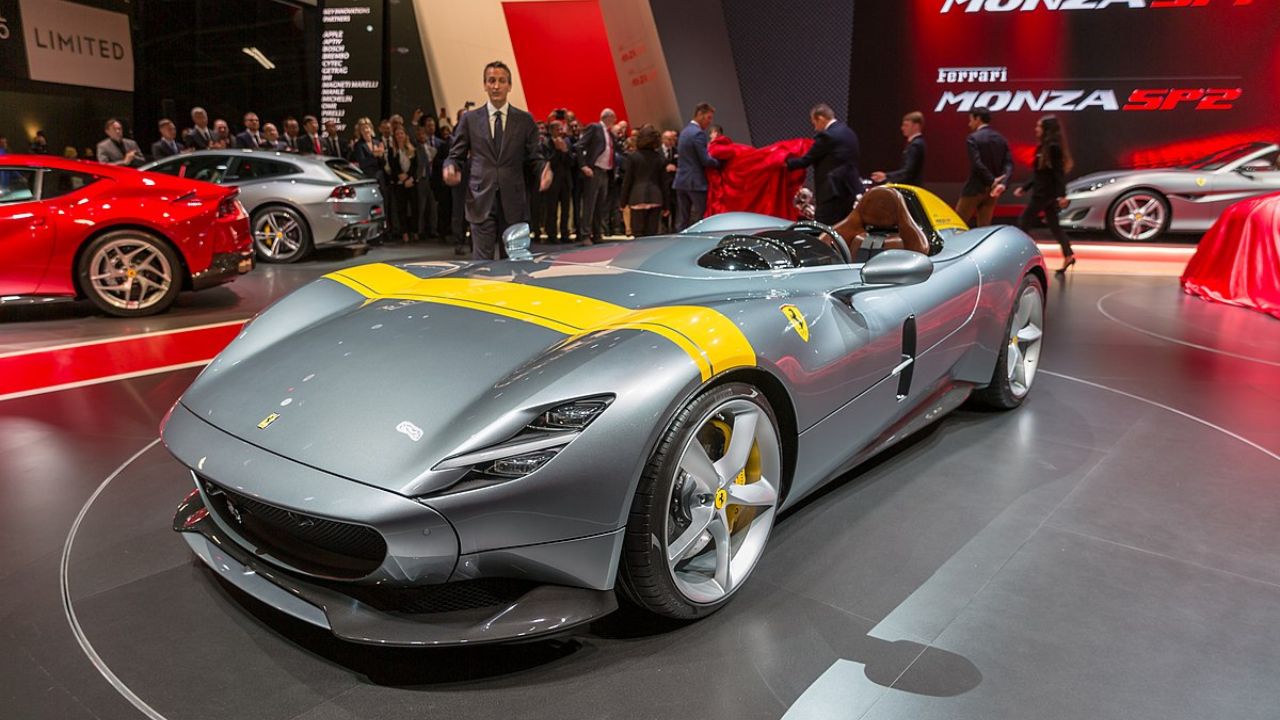
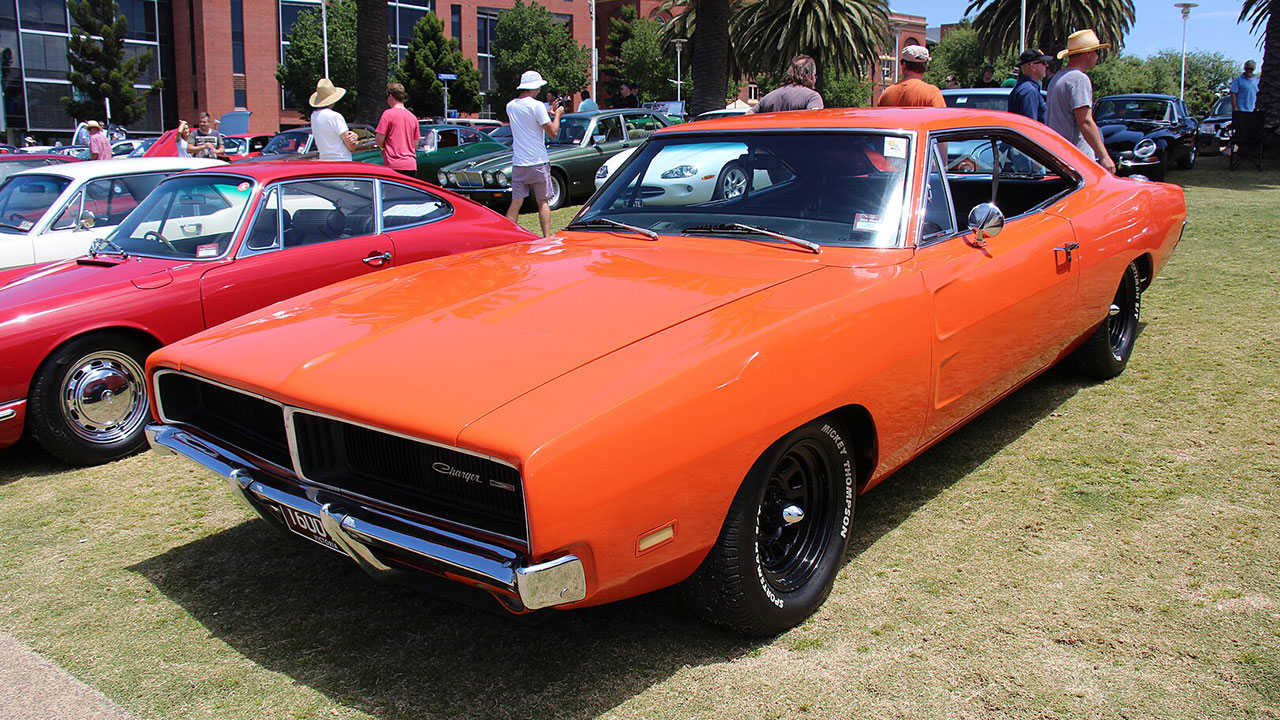
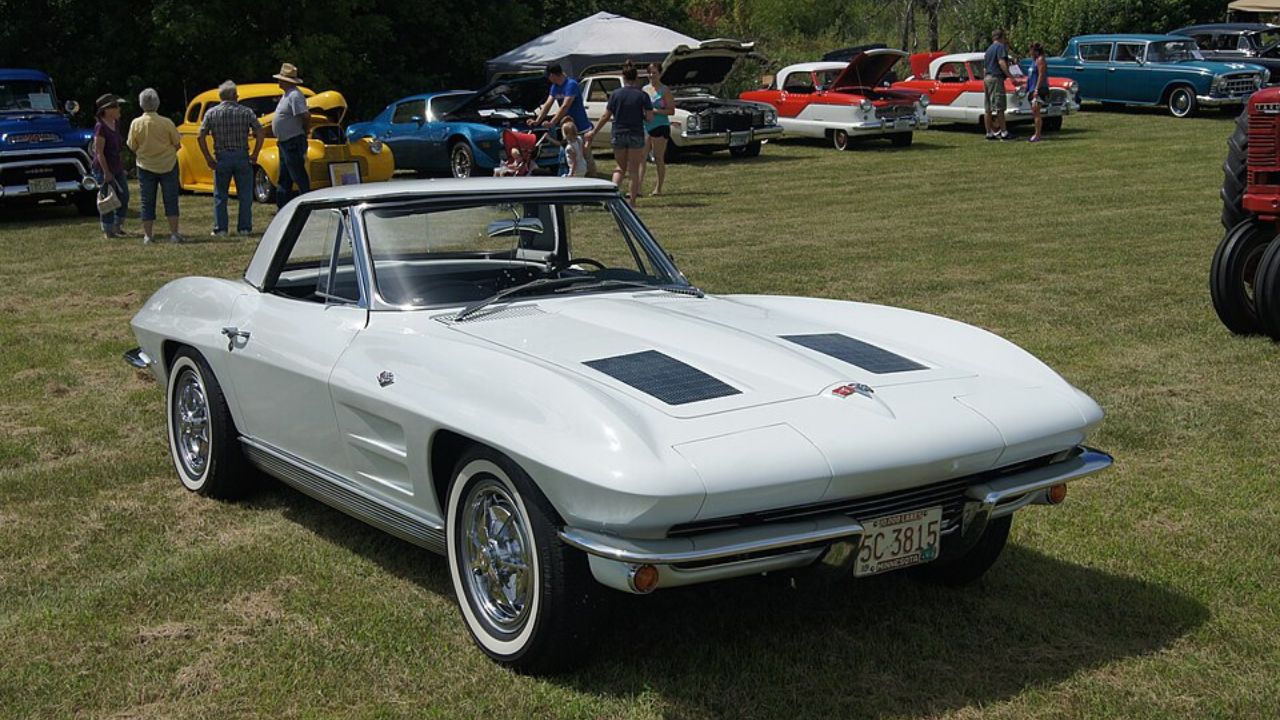

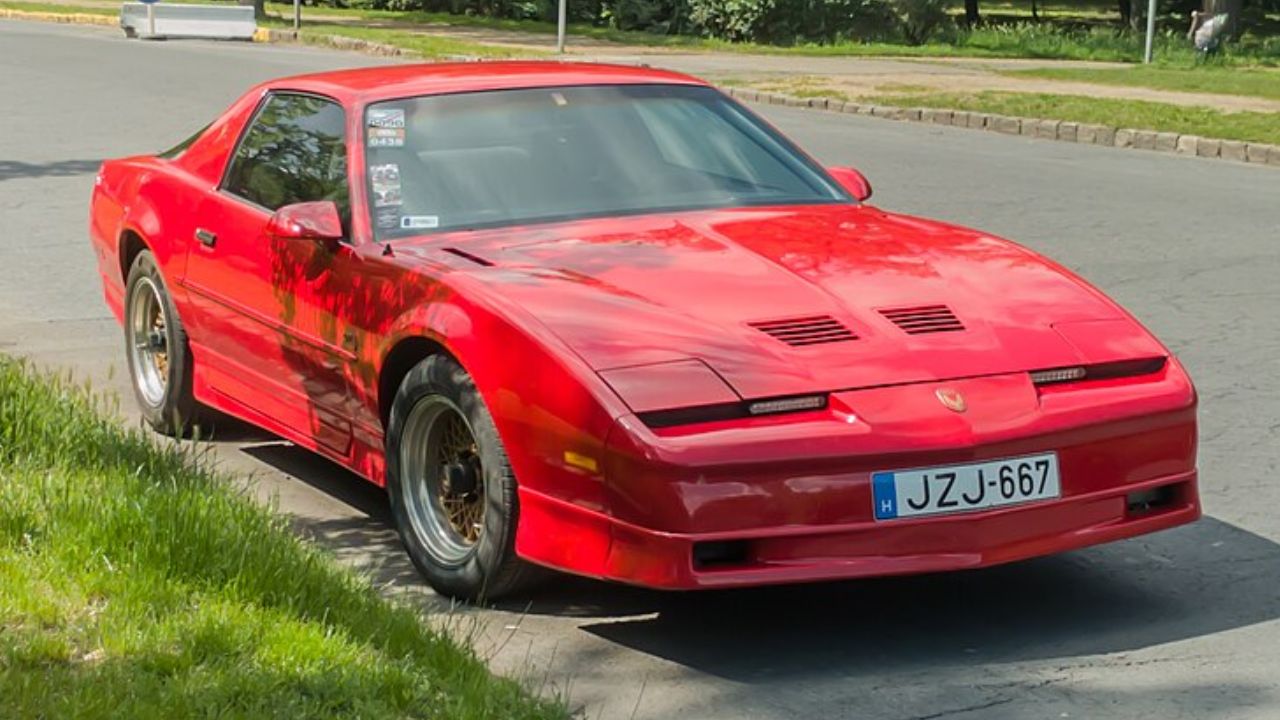
Leave a Reply